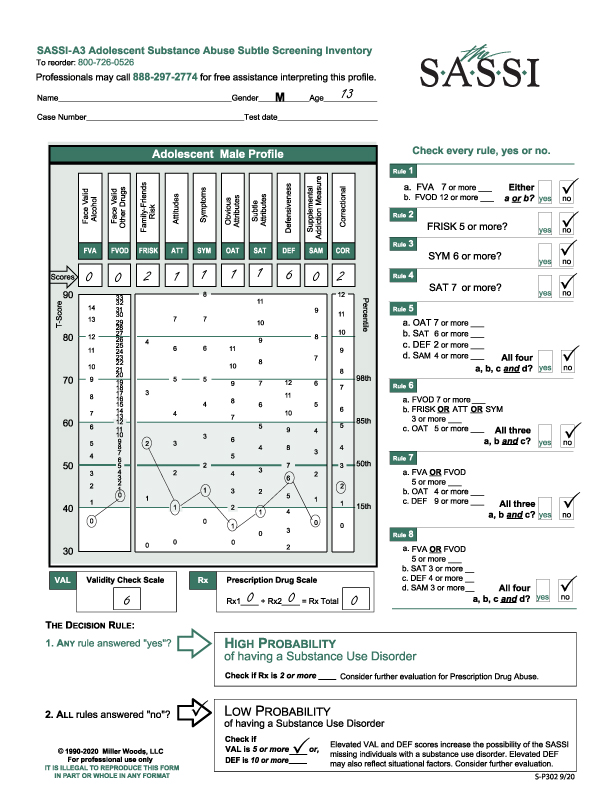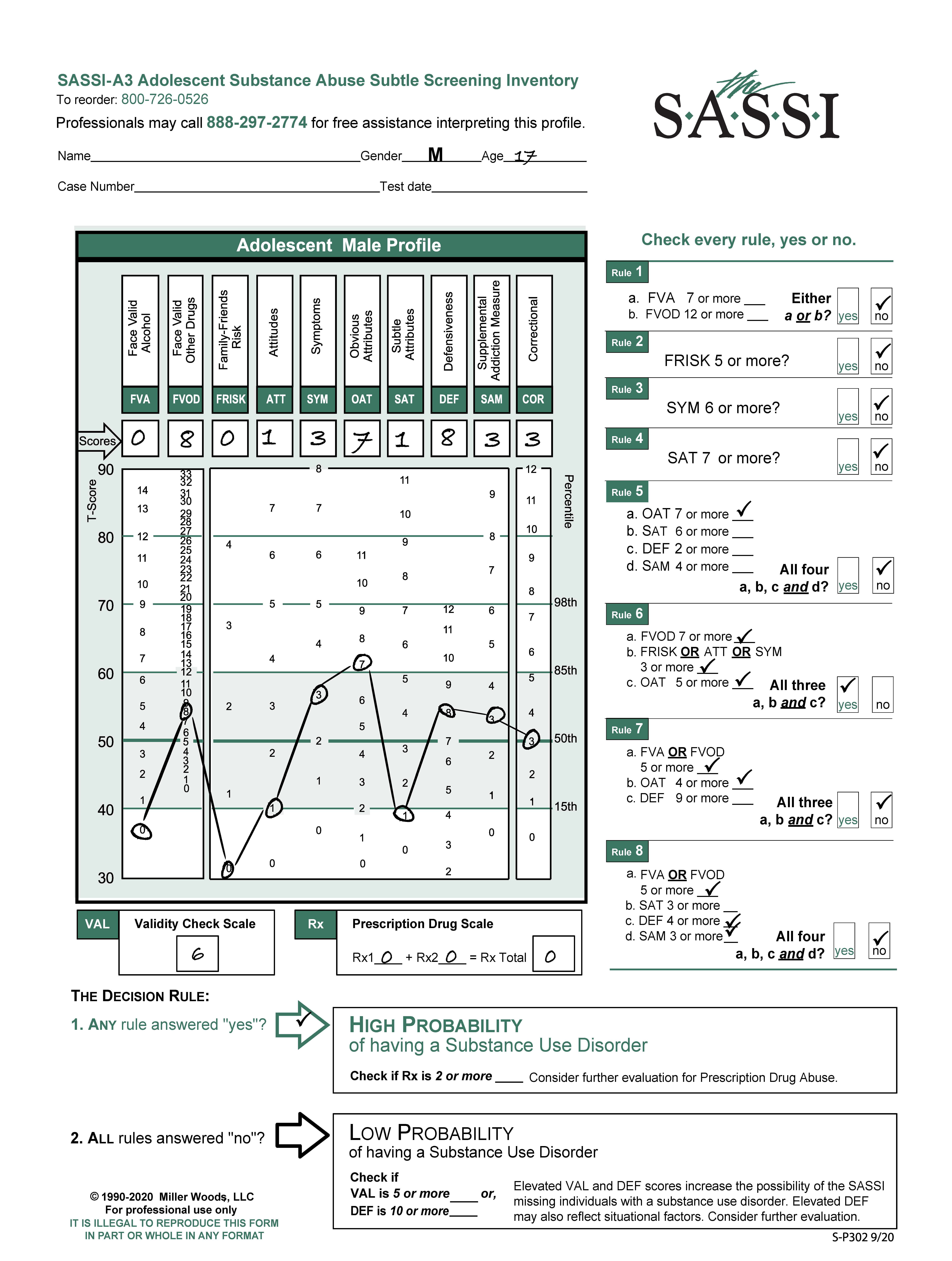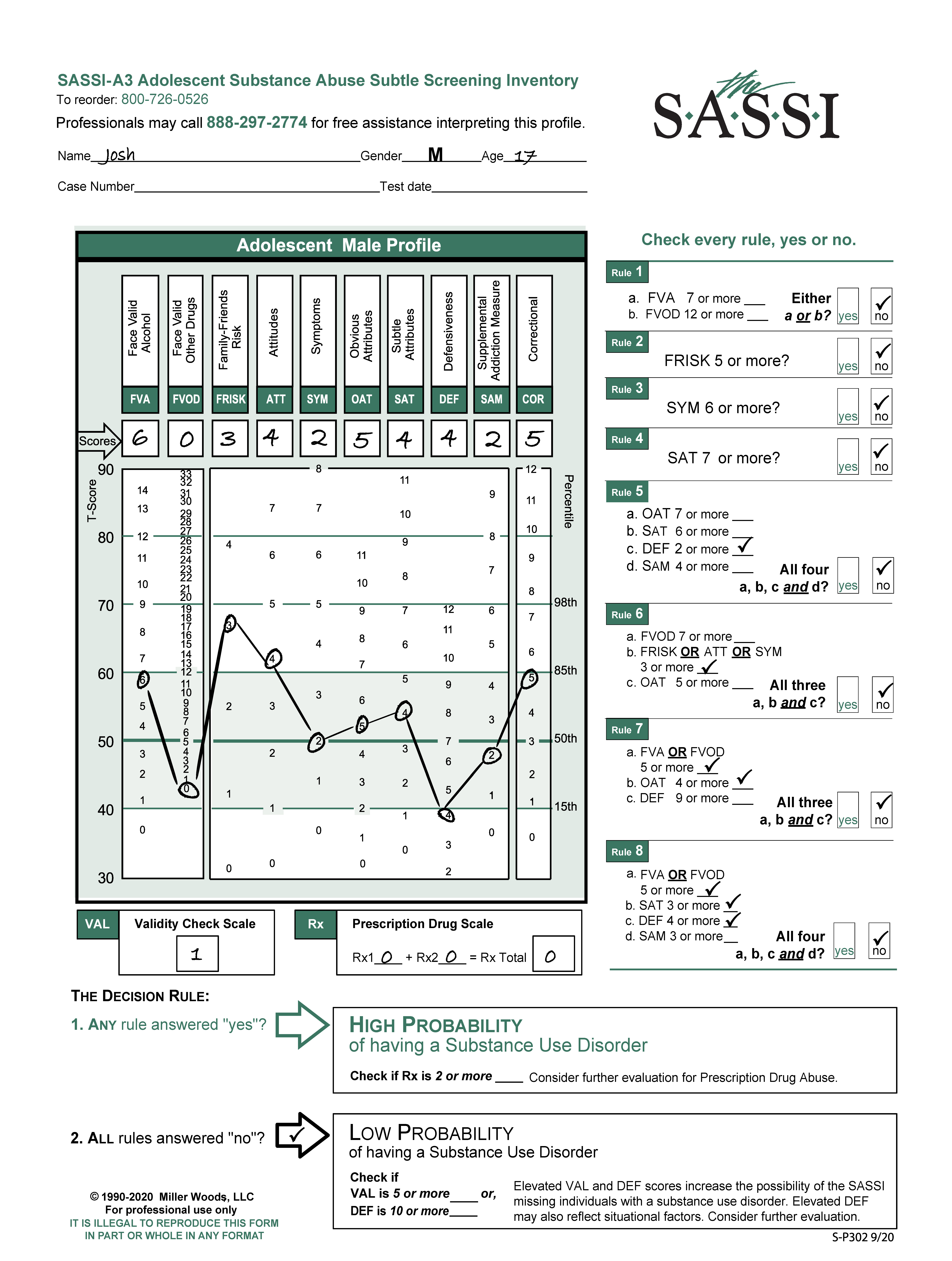SASSI Online is our web-based platform that supports the digital administration of the Adult SASSI-4, Adolescent SASSI-A3, and Spanish SASSI. It provides a report with interpretive paragraphs outlining the decision rules and results from client responses. In this edition of SASSI Online Tips and Tricks we review the Dashboard Tabs, their functions and what the different Roles have access to.
All SASSI Online users have a Dashboard. When logged in to their account, they will see the text in the top right corner, text that reads: “Account Dashboard for [name on account]”
Below is a description of each tab:
News – This space is used to provide updates from SASSI regarding research projects, questionnaire updates, and any other information specific to SASSI customers. Including these blog posts!
My Clients – This space is used to administer questionnaires, redeliver questionnaires, view reports, view completed questionnaires, and access the support materials page; this is where most of the work happens.
Admin Tab – This tab is only available to the Primary Clinical Contact (PCC). Here they can view client reports that counselors on their account have administered. The counselors cannot see the PCC’s clients, or those that belong to other counselors on their account.
Purchasing & Distribution – This tab is available to the Purchaser only. This space is used to purchase more questionnaires and manage distribution groups. Distribution groups are self-managing but can be customized to accommodate multiple counselors/users on an account who do not share a budget. The Purchaser can create Distribution Groups to add specific quantities of available SASSI questionnaires and add only the counselors/users that should have access to them.
My Account – This workspace will provide information about your account. If you are not the PCC and/or Purchaser, information about who is, is made available here. If you are the PCC, the list of registered counselors is found on this tab. All users can change their password and update account information and access their Customer ID. The PCC can also invite Counselors and Intake Staff to register.
If you are not currently using SASSI Online and would like to experience the features of the digital platform, create an account at www.sassionline.com. If you already have an account, let us know if you have any suggestions for our next edition of SASSI Online Tips and Tricks. As a bonus for reading this blog post to the end, reach out to us at blog@sassi.com, with the code phrase: Account Dashboard, to request two free SASSI Online administrations!




